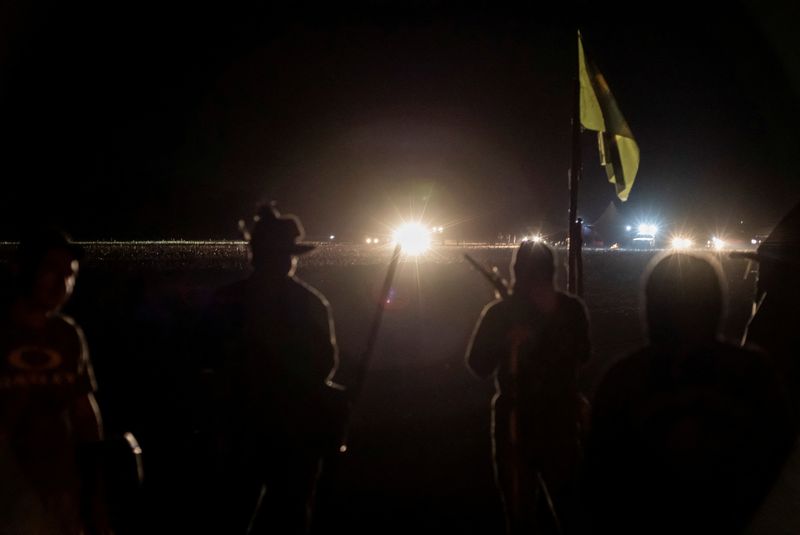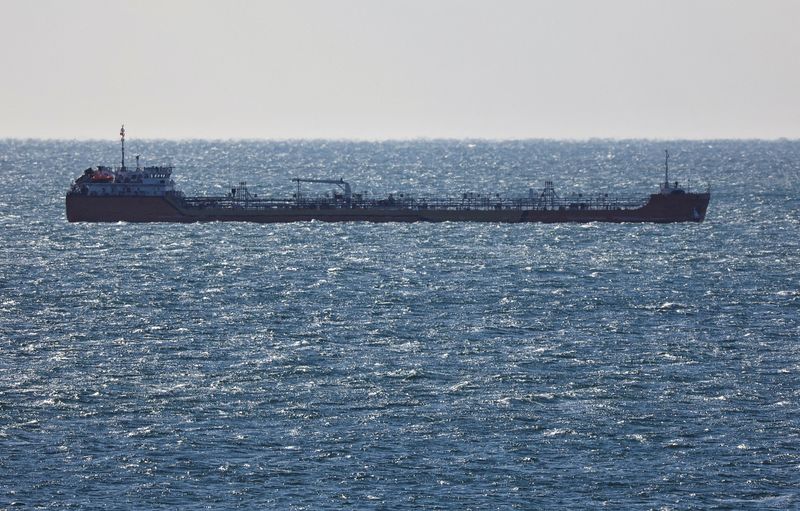
SAO PAULO (Reuters) – In Brazil, a man from the Guarani community was shot dead on Wednesday morning, a governmental protection agency for Indigenous communities said, as a land dispute in the farm state of Mato Grosso do Sul escalated.
It comes after a violent confrontation in early August during which armed men, backed by farmers in trucks and tractors, attacked Indigenous people reclaiming land in the vast farming state, injuring 11 of them.
The man was shot in the head on Wednesday morning, the indigenous affairs agency Funai said. The dispute relates to the Nhanderu Marangatu Indigenous Land located in Mato Grosso do Sul on the border with neighboring Paraguay.
Terras Indigenas, a database run by an environmental and Indigenous rights nonprofit in Brazil, shows the land of some 9,000 hectares has an population of about 1,350 and had been recognized as Indigenous territory.
Funai said it had asked the specialized federal prosecutor’s office to adopt all applicable legal measures and had met with the judge responsible for the case.
“(We are) committed to ensuring that this violence ceases immediately and that those responsible for these crimes are rigorously punished,” it said in a statement.
“Given the seriousness of this matter, (Funai) is preparing new action before the Federal Regional Court of the 3rd Region, in order to guarantee the protection of the indigenous community,” it added.
Ranchers have been hoping to clear land to plant soybeans for export or raise cattle to produce beef. With Brazil’s farm frontier advancing toward the Amazon (NASDAQ:AMZN), disputes over land claimed by Indigenous people have multiplied.
Violent land disputes have also become more frequent and fueled an ongoing debate over the movement to limit Indigenous claims to ancestral lands in a conservative Congress backed by a powerful farm lobby.

Lawmakers have proposed an amendment to the constitution that would introduce a limit to land claims by Indigenous communities made after 1988, even though the Supreme Court has ruled that setting such a time framework was unconstitutional.
Less than half of the country’s 1.6 million Indigenous people live on about 13% of the country’s land mass.
This post is originally published on INVESTING.




